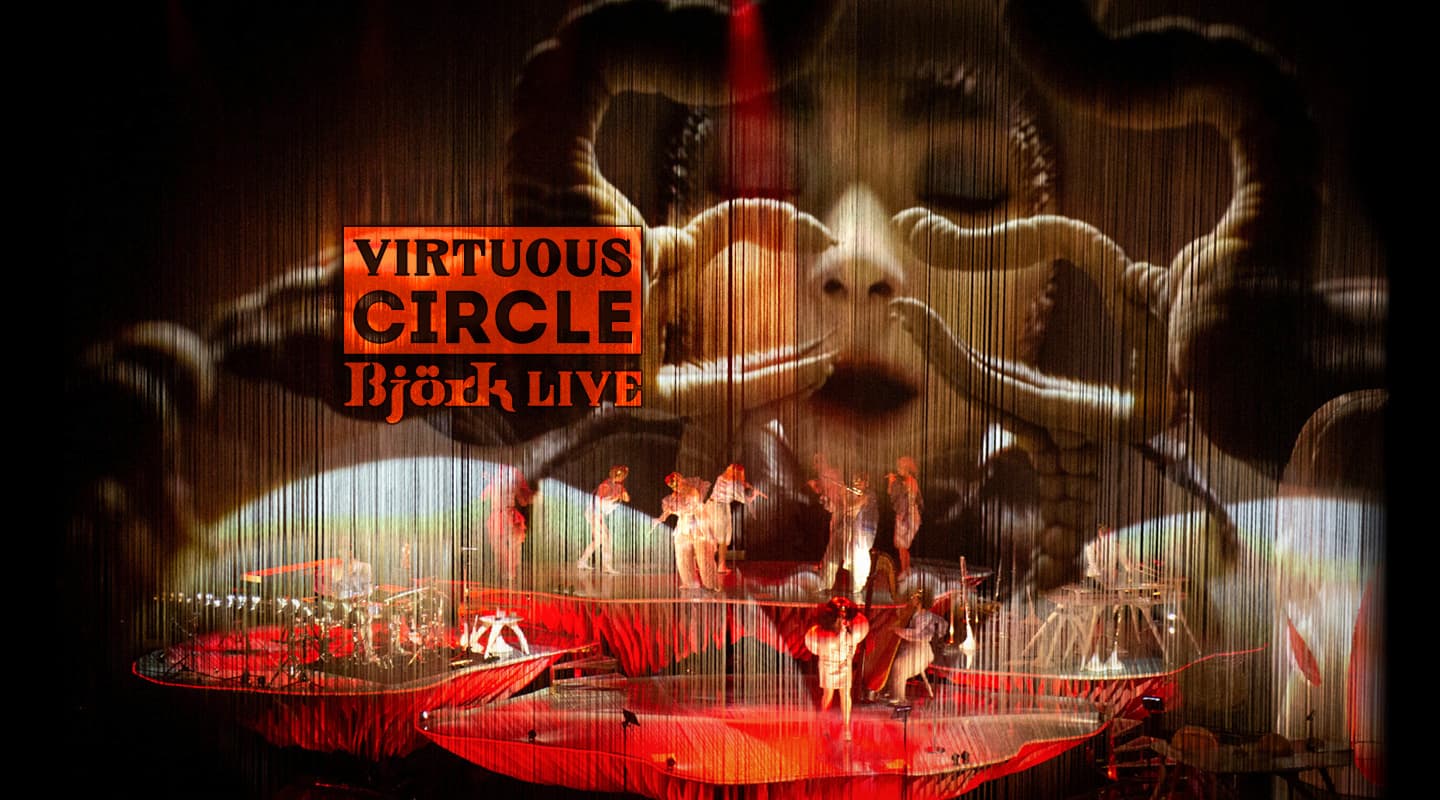
Virtuous Circle: Björk Live
Bjork treats her audiences to a fully-immersive music experience. Just don’t expect a ‘sing-a-long’.
Some might suggest that Björk Guðmundsdóttir is the best evidence we have that aliens live amongst us. Her other-worldly contributions to music, fashion and art can’t be underestimated. Certainly her Cornucopia show doesn’t look or sound like any other show staged on planet Earth.
The instruments on stage look like they were stolen out of the Mos Eisley Cantina green room. Apart from a troupe of flautists, a multi-‘instrumentalist’ moves fluidly between the playing of washing-up bowls and what looks like an electric ouija board. The level of musicianship is out of this world. In fact, the whole production is fascinating, intriguing and forces you to tune into an entirely different level of musical appreciation.
ONLY TEMPORARY
Bjork was lured out to Australia by the Perth Festival to play four Cornucopia dates in a giant 5000-cap hoecker — a huge (100m x 55m) temporary venue you won’t find in Harry the Hirer’s catalogue.
Bjork appeared on stage unrecognisable, deep inside something resembling a Gucci Ghillie suit. Perhaps betraying her indie-punk roots, she won’t have anything to do with modern wireless — she sings into a fully-tethered Shure SM58 and uses conventional monitors at the sorts of volumes that might melt lesser mortals.
The audience on the other hand are treated — at Bjork’s insistence — to an absolute state-of-the-art audio experience based on a full-360 d&b Soundscape immersive audio system.
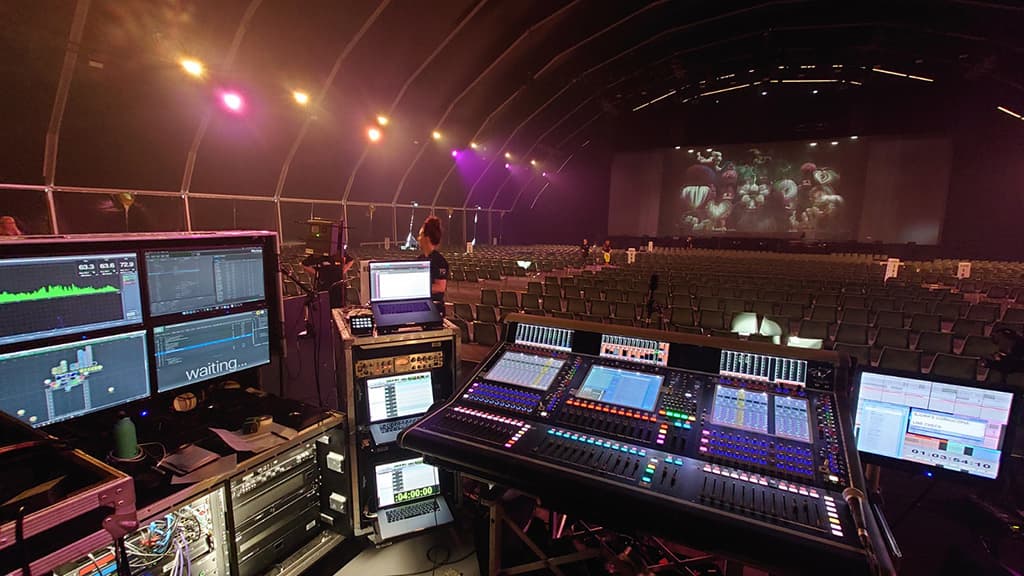
ARTIST LED
The 360 immersive push was entirely Bjork’s. d&b’s Soundscape has been around a few years now and has experienced some success. There are a good number of installed Soundscape systems in Australia alone, including in the Sydney Opera House, City Recital Hall, and the Mackay Arts Centre. Soundscape concert touring systems are rarer. The production overhead is steeper. Arguably not as steep as you might think but, regardless, steeper. So for a tour to go ‘immersive’, it can’t be initiated by the sound people, it needs to come from management, and even more influentially, the artist or band.
For d&b’s part, Soundscape is about as well-integrated into its normal workflow as possible. There are some specialised tools, such as the object localisation software (En-Scene), the spatialisation software (En-Space), and more recently the snapshot cueing software (En-Snap), but Soundscape is designed to be easy for anyone familiar with d&b’s ArrayCalc to apprehend. d&b has demonstrated this with a ‘sandbox’ system at Womad for a few years, inviting FOH engineers to ‘have a go’, to great acclaim and success. The integration of Soundscape into regular d&b workflow was certainly appreciated by the tour’s System Engineer, Jack Blenckinsopp: “From a system tech point of view, the tools you’ve got within ArrayCalc and within R1 make the whole process more efficient — you get to where the artist wants the show to be really quickly. En-Snap, En-Space and En-Scene all play nicely together and give you the panning and spatialisation flexibility you need, along with the Soundscape tab in ArrayCalc, which allows you to place an object and simulate the system, giving you confidence not only in the coverage of the system but that the audience will get the full effect of Soundscape.”
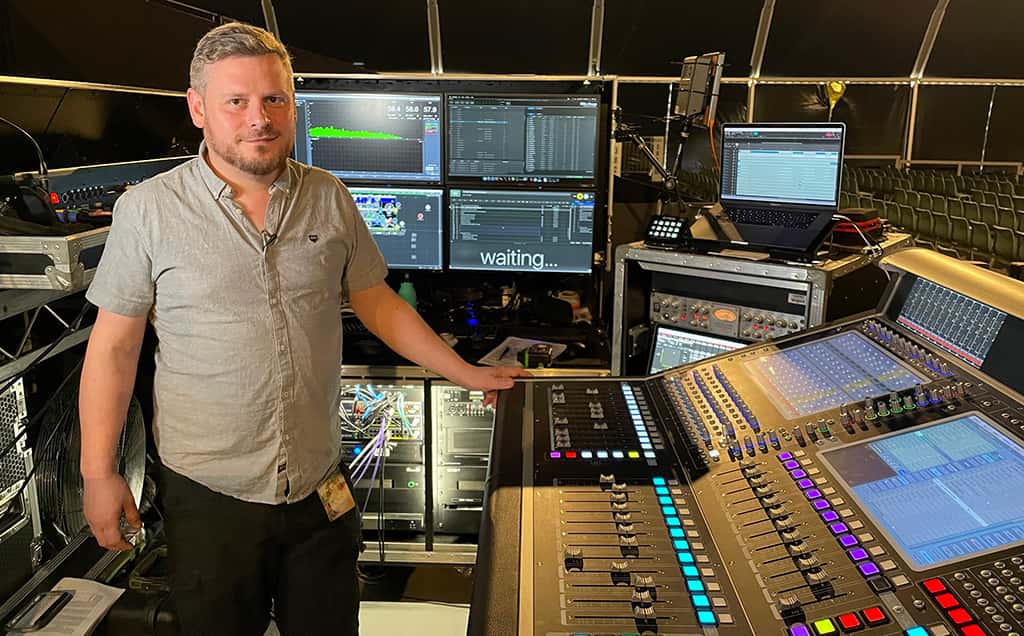
SPATIAL THOUGHT BUBBLE
When Bjork expressed interest in ‘surround’ to realise her new Cornucopia production back in 2019, it was still only a thought bubble: “She initially wondered about having a couple of loudspeakers at the rear, but I knew we could do better than that,” recalls front of house engineer, John Gale.
John set about researching the various immersive systems on the market: “d&b demo’ed a Soundscape system for me in a church in London. I brought in the Pro Tools multitracks from the Utopia album and we messed around for a while and I concluded that Soundscape had all the elements I thought I would need to be able to build a show. My main concerns were around scalability — would the system adapt to different types and sizes of venues — and accommodating a second, immersive, delay system — allowing audiences in the back end of a large venue to have the same immersive experience. In my view, at that time, Soundscape ticked all the boxes better than the competition.”
LIGHTHOUSE MOMENT
The next step was to get Bjork involved. A mini Soundscape system was shipped to Bjork’s lighthouse-based studio, for some pre production tests — hard to think of a better environment for 360-immersive experimentation than a lighthouse!
The test rig helped to light the touchpaper of Bjork’s imagination and the system scaled as Cornucopia’s momentum increased: from Lighthouse to recording studio to a movie sound stage for production rehearsals, each time with an incrementally larger Soundscape system to accommodate Bjork’s evolving vision for the production and the number of musicians involved.
The production then debuted at The Shed, New York — a new ~1500-cap venue — where it enjoyed a residency, allowing John and the team to settle into a groove.
A mini Soundscape system was shipped to Bjork’s lighthouse-based studio … hard to think of a better environment for 360-immersive experimentation than a lighthouse!
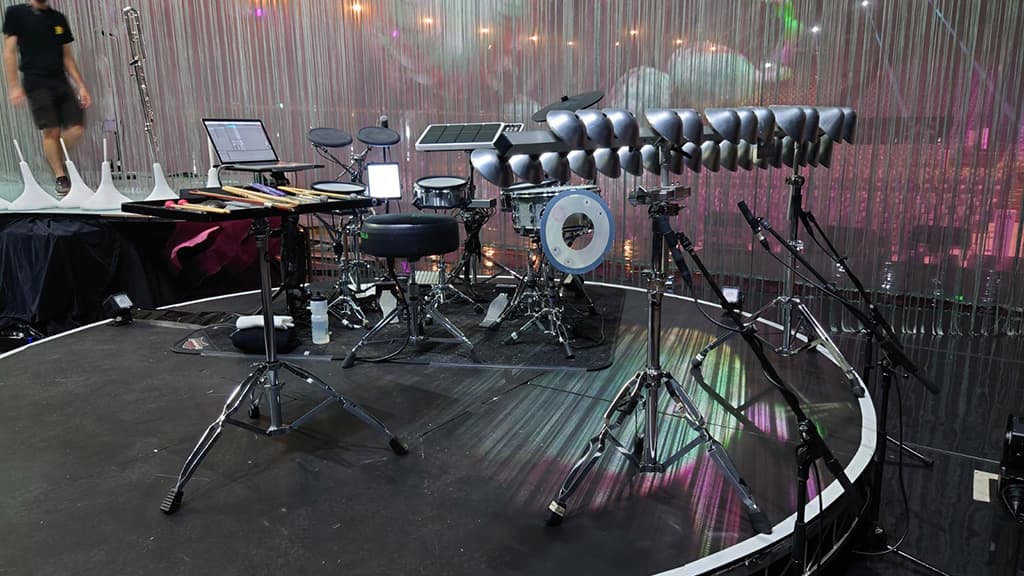
SNAP HAPPY
Come show time, John Gale presides over a monster rig, comprising 56 channels of playback, all automated and panned to within an inch of their lives. The snapshot automation (triggering the immersive mix positions within Soundscape) is a grab-bag combo of automation within Pro Tools (using a Soundscape plug-in), the industry favourite Q-Lab and the new d&b badged En-Snap (developed by Broadway West End designer, Gareth Owen).
On top of that are the various live elements, including the seven aforementioned flautists, percussionists, clarinetists, choir, harpist, drummer, and Bjork herself. All up there are some 160 inputs to wrangle — a total that’s set to expand when Bjork brings Cornucopia back to Iceland for a celebratory homecoming.
The extra inputs were as good an excuse as any for John to upgrade his console to a SD7 Quantum: “I originally started out on a Digico SD12 when we were doing the Utopia tour, but we outgrew it and upgraded to an SD7. The eventual move to the Quantum was largely because we were doing full virtual soundchecks every night, and with over 160 inputs coming into the console we needed the Quantum to handle the three MADI streams. I have an RME MADIfaceXT combined with my laptop sending that to my desk. It’s such a luxury to listen back to a show in that way. Bjork will very often stand with me at front of house and listen. She’ll have comments, she’ll even get hands-on and ask me which fader a certain sound is on so she can fine tune levels.
“I’ve been using Digico consoles for 20 years and the Quantum gives me everything I need. Having dynamic EQ and multiband compression on every channel is very handy. Every song has at least one snapshot and most songs are timecoded. I have effects running in the board, but I also have effects running in Pro Tools — I route from the board into Pro Tools and through the actual effects from the album then back into the console via MADI.”
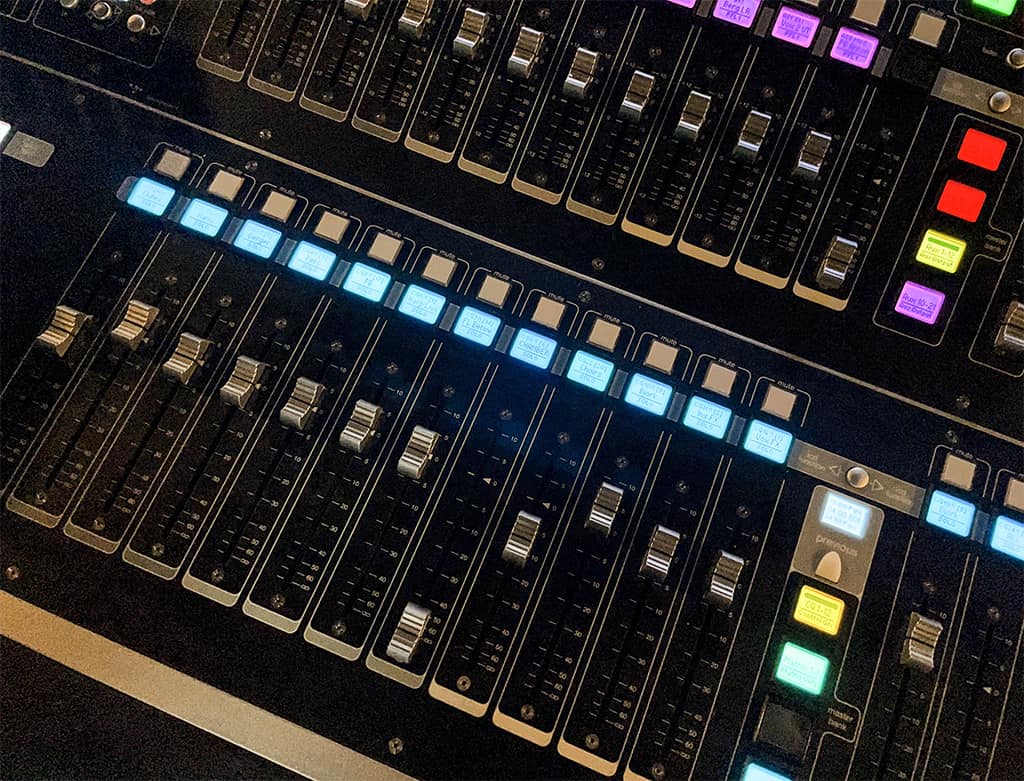
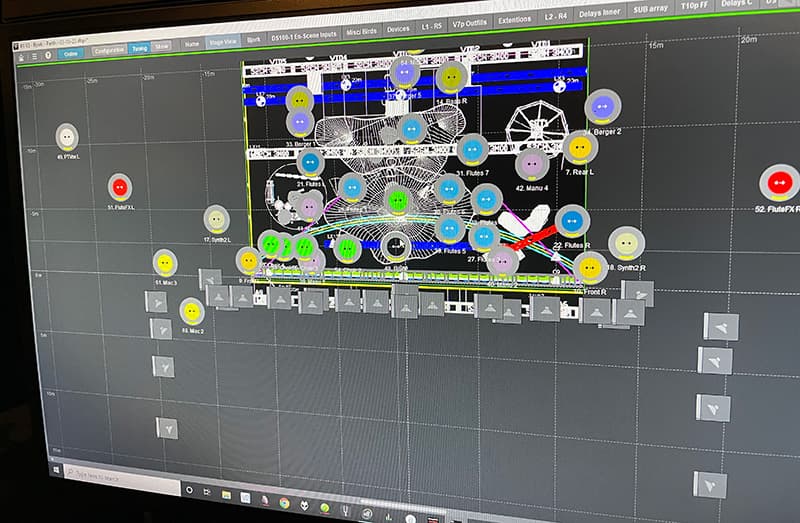
MIXING WITH OBJECTS
The DS100 is the brains of Soundscape’s object-based mixing system. When John Gale started his Soundscape journey, he was taking stems from the Utopia album’s Pro Tools sessions, turning them into objects and panning/placing them in the 360 field.
Initially, after John took a multi-track stem and turned it into a Soundscape object, he would route that signal to a direct out of the console and into the 64×64 DS100 processor. But after a few weeks of experimentation, he started again and routed each object to its own group, “that way I’m not chewing through the 64-object limit too quickly. Some objects will remain in the mix throughout the show and will be labelled as such — Bjork’s vocal, or Flute 1, for example — while other objects may make a brief appearance and can be assigned to ‘Miscellaneous Group 1’, and can share that group with other objects at another point.
“This approach also allows me to be more responsive. If Bjork asks me to take a sound out of a stereo stem and turn it into an object, I can quickly take it, make it mono, assign it to, say, Misc Group 5, and pan it in the immersive field while she’s standing next to me without messing around.”
UNLEARNING YOUR LEFT & RIGHT
Sound people often talk about how the hard-won rules of mixing are upended when they start mixing on an immersive system. I wondered if that was John’s experience.
John Gale: “Transitioning from stereo mixing to immersive mixing can be disorienting. You unlearn a few things. The headroom of a system like this Cornucopia system is deceptively high. I’m running the show at around 92dB and you definitely perceive it as louder. You have more loudspeaker arrays across the front (seven, in total) and then the surround loudspeakers, so you don’t ask as much of each loudspeaker, which I think contributes to the effortless feeling you get mixing with an immersive system like this Soundscape rig. One of the first things you dispense with is bus compression. With object-based mixing and the bigger mix canvas you can let things breathe more.”
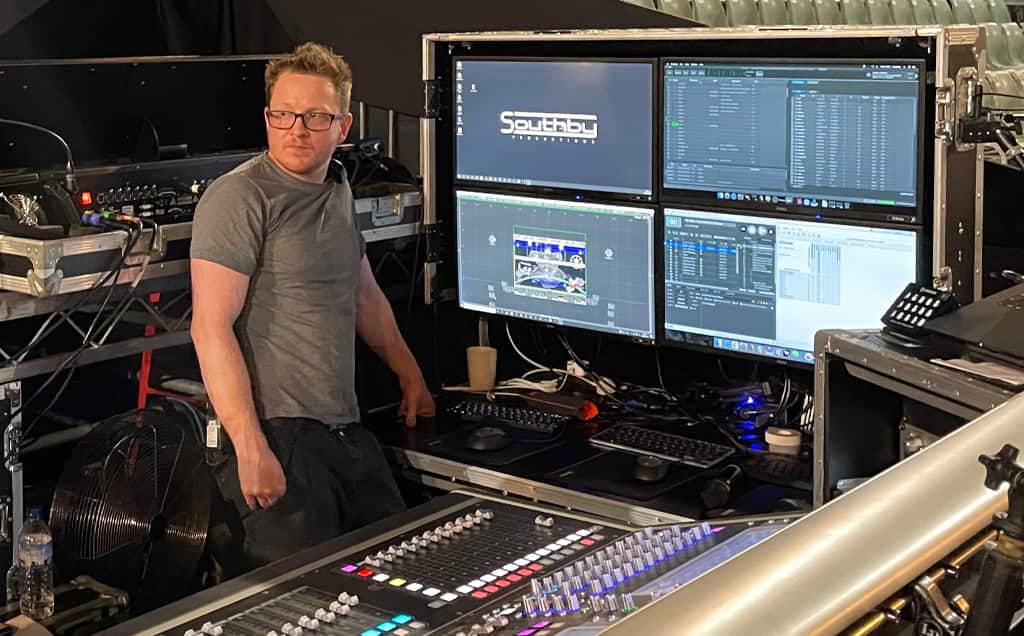
EN-SPACE EN POINTE
Initially, most people think about radical panning — objects flying around the room like a Marvel fight scene. But probably the most powerful aspect of an immersive system like Soundscape is its ability to place performers in space — matching their position on stage; left, right; up or down stage.
It’s amazing how grateful your brain is to hear a performance emanate from its position on stage.
The d&b DS100 engine handles the routing, timing, level, acoustics, and third party integration. It takes a remarkable amount of processing to ensure a performance sounds like the PA’s not switched on!
The opening of Cornucopia is a case in point. The choir of some 18 performers file out and range across half the width of the stage. Each performer wears a headset mic but the performance itself sounds like an au naturale recital in an acoustically finessed theatre. Close your eyes and you can point to individual performers across the stage. It’s really quite remarkable.
“The choir is all totally done in En-Space,” explains John Gale. “I don’t need another reverb, the algorithm in the d&b DS100 is phenomenal. With the choir, I think most people wouldn’t know there’s an artificial reverb being used — it sounds totally natural and transparent. The d&b reverbs are second to none. Combine that with loudspeakers that you know are fantastic and it gives me total reassurance that the audience is getting the best possible experience.”
HERE’S TO THE VISIONARIES
Thank goodness for the musical iconoclasts, like Bjork. If it was up to the major labels we’d all be fed a saccharine diet of Pepsi Music Lab pop tarts. Bjork’s Cornucopia might be bonkers, but it’s gripping, and the Soundscape immersive audio system is up to the challenge set down by the artist.
Everyone references Pink Floyd when you talk about immersive and how it’s ‘not a new thing’ (debuted in 1967, if you can believe it). But it’s also worth remembering that no one can reference another artist mad enough to attempt live sound ‘surround’ in any meaningful way for another 40-plus years. Technology has finally caught up and now is the moment for innovative artists and producers to let their imaginations run wild. Just like Bjork.
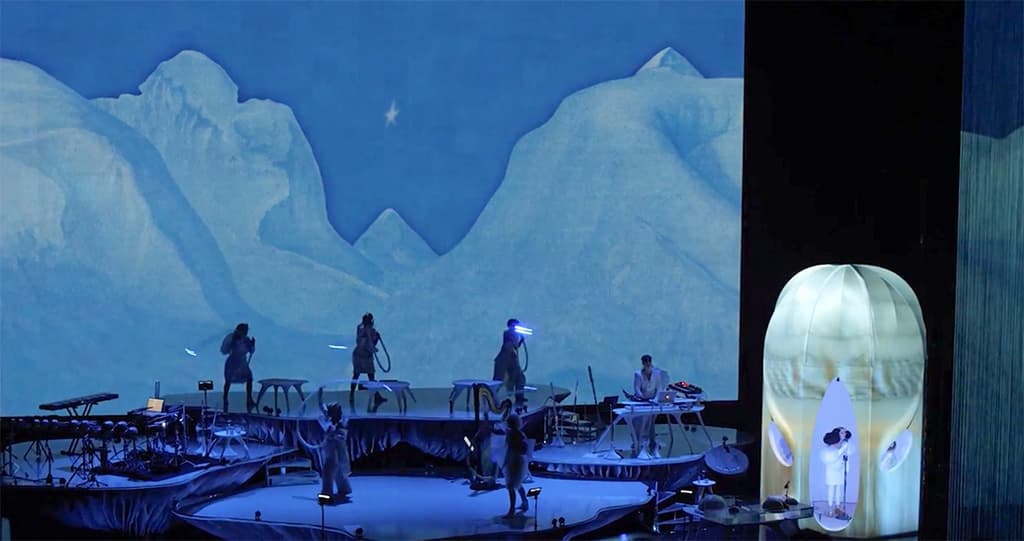
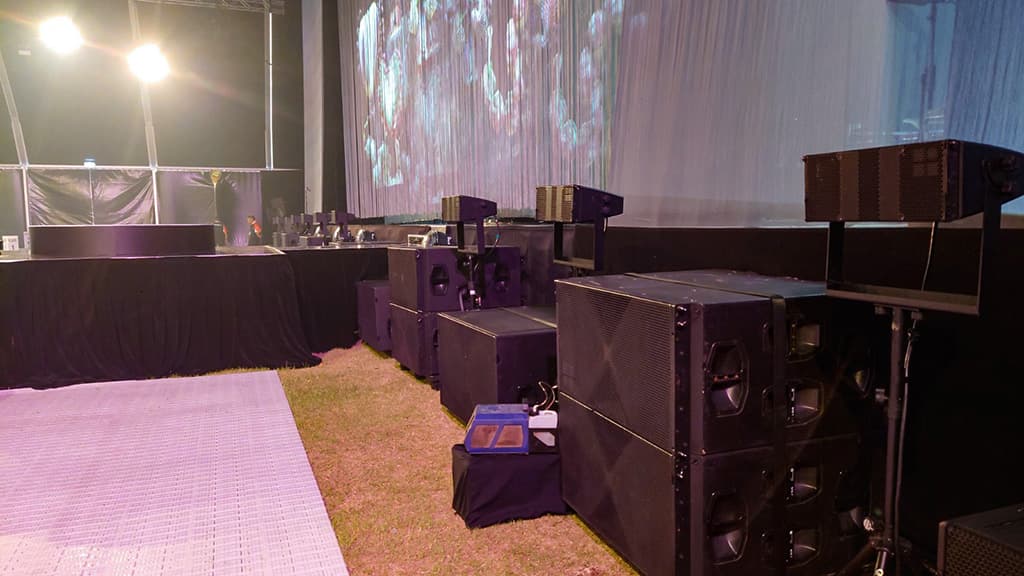

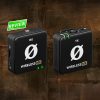
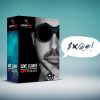
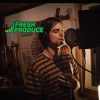
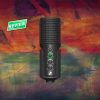
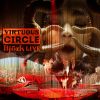
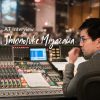

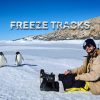

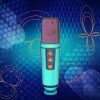

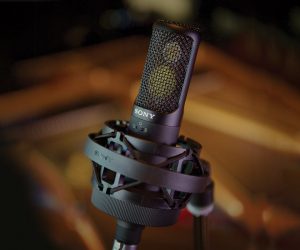
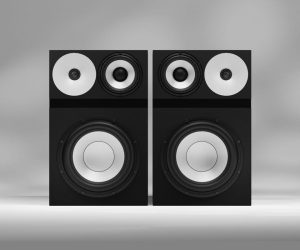
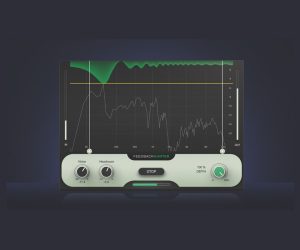
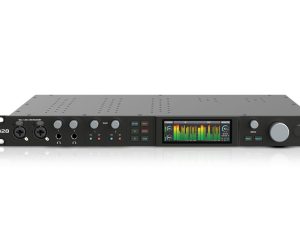
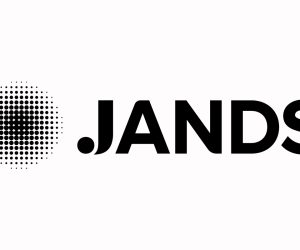
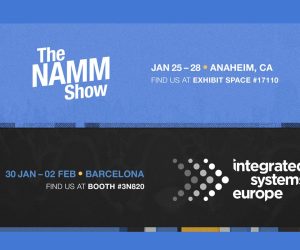

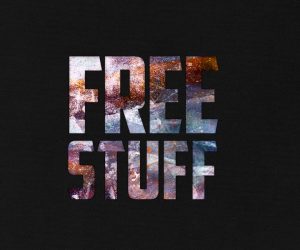
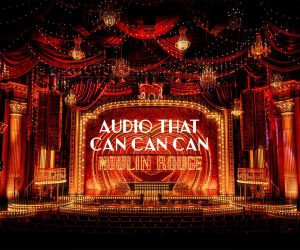
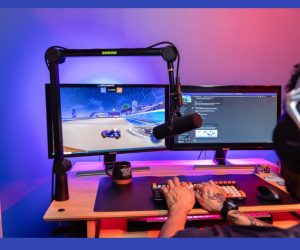
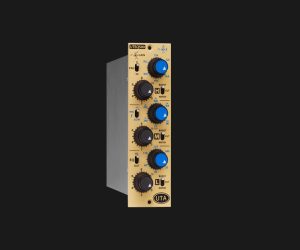
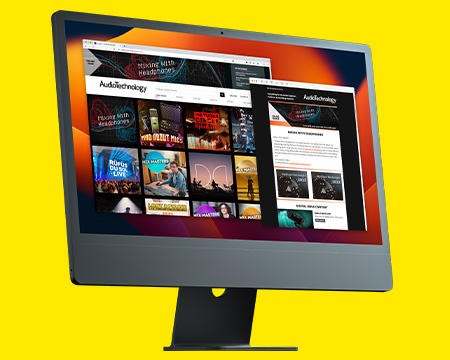
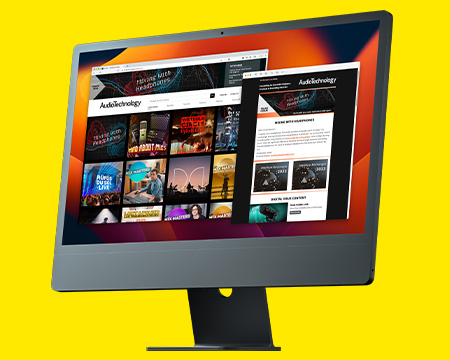
Hi, I went to see this show in Perth – the hype marketing of an immersive sound space set an expectation that this would be something very special. I was seated about 3/4 of the way to the rear of the seating in the hoekker, and I was dissapointed to say the least. Immersive? God no – there were some occassional sound effects to the rear from some satellite speakers but the overall sound was no different than a regular gig – big – but at times incoherent, muddy and not even a perceived tereo field! Main speaker placement seemed to be in two rows – one at the stage and one about 1/3 down the hanger. Normal FOH and delays? I dont know, but the bulk of the sound was singular and in front. Did I sit in a bad spot for audio? Dont know but I still paid $180 for a ticket expecting way much more.
Hi Aidan. Interesting feedback. I was lucky enough to be about 25m from the stage and probably about 15m from centre. I think the choir was almost the most impressive aspect of the spatial sound for me. It wasn’t spectacular, but it was very convincing — like I wasn’t listening to a PA. Some of the spatial stuff was intentionally a bit chaotic (the FOH mixer was at pains to point that out!). I’d suggest the vast majority of the audience would have no expectation of what ‘spatial’ might sound like but you most certainly did have an expectation, which wasn’t met from your seat. — Chris.